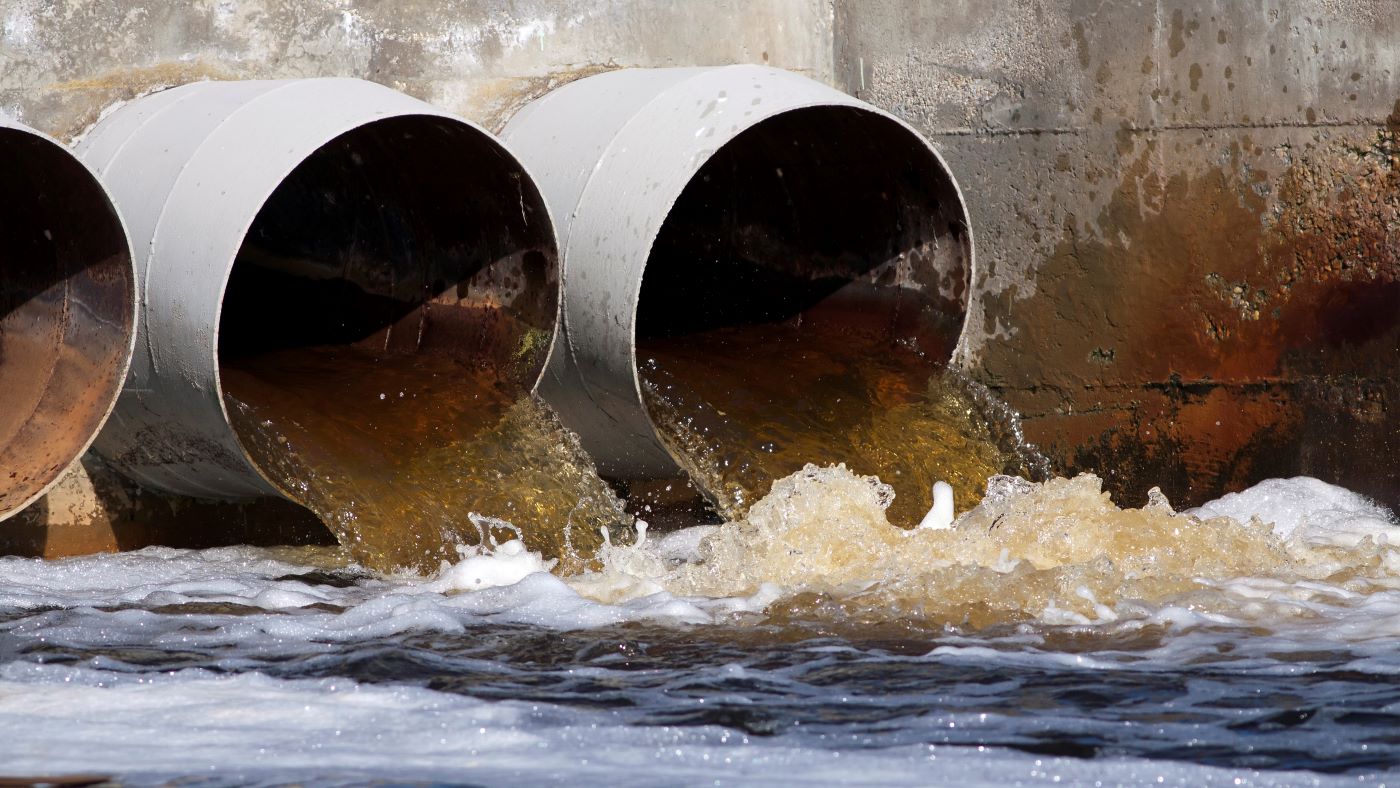Reliable Waste Water Treatment Systems: Key Methods and Benefits
Reliable Waste Water Treatment Systems: Key Methods and Benefits
Blog Article
Strategic Approaches to Boost Waste Water Treatment Performance and Reduce Ecological Influence
In the realm of drainage therapy, the quest for boosted effectiveness and lowered environmental influence is a perpetual challenge that requires tactical options. As culture faces the necessary to handle water resources sustainably, a nuanced method becomes essential. The assimilation of advanced treatment technologies, energy-efficient procedures, resource recovery techniques, improved nutrient elimination techniques, and clever tracking and control systems represents a diverse framework for resolving these pushing worries. What exists at the core of this facility internet of techniques is the potential to revolutionize the means we come close to waste water therapy, not just as a process of disposal, but as a valuable possibility for technology and ecological stewardship.
Advanced Treatment Technologies
Innovative membrane layer purification systems have actually revolutionized sophisticated wastewater therapy procedures, considerably improving the elimination of pollutants. This innovation has actually shown to be extremely reliable in getting rid of a large array of contaminants, including drugs, hefty metals, and organic compounds, which are usually challenging to eliminate through typical treatment methods.
Moreover, membrane layer filtering systems provide numerous benefits over traditional treatment methods. Additionally, these systems are highly versatile and can be conveniently incorporated right into existing treatment plants or used as standalone devices for decentralized applications.
Energy-Efficient Procedures
The assimilation of energy-efficient processes in wastewater treatment systems is important for enhancing source application and minimizing functional prices. One essential method to boosting power efficiency in wastewater treatment is the usage of sophisticated oygenation systems, such as great bubble diffusers or surface area aerators, which can improve oxygen transfer efficiency and decrease energy usage.
Moreover, enhancing process control and automation with the use of innovative sensors and keeping an eye on systems can improve general power performance by readjusting procedures in real-time based upon real need and problems. Applying power audits and regularly keeping track of energy performance indicators are important methods to determine areas for enhancement and track energy-saving efforts successfully. Overall, the fostering of energy-efficient procedures in wastewater therapy not only benefits the setting yet likewise contributes to long-term cost financial savings and functional sustainability.
Source Healing Techniques
With a focus on maximizing source application and sustainability in wastewater therapy systems, the application of resource recovery approaches becomes an essential element in improving operational efficiency. Source healing techniques in wastewater therapy include the identification and extraction of useful sources from the waste stream, therefore turning what was once thought about waste into a useful possession. By executing resource healing strategies such as nutrient elimination and recuperation, power generation from raw material, and the manufacturing of recyclable water, wastewater therapy plants my review here can reduce ecological effect while making best use of effectiveness.

Enhanced Nutrient Removal Strategies
Executing advanced nutrient removal techniques is vital for enhancing the efficiency of wastewater treatment systems. One of the key strategies utilized for improved nutrient removal is the process of biological nutrient removal (BNR), which includes the elimination of nitrogen and phosphorus through biological processes.

In enhancement to BNR, progressed treatment methods such as membrane bioreactors (MBRs) and built marshes can also be employed to boost nutrient elimination performance. By including these innovative nutrient elimination strategies right into wastewater therapy industries, municipalities and systems can properly minimize nutrient contamination and safeguard the atmosphere.
Smart Monitoring and Control Equipment
Making use of sophisticated modern technology, the assimilation of wise tracking and control systems reinvents the operational efficiency of wastewater treatment facilities. These systems incorporate innovative sensing units and information analytics to continually monitor essential specifications such as pH degrees, turbidity, liquified oxygen, and circulation rates in real-time. By gathering and assessing this information, drivers can acquire useful understandings right into the performance of the treatment procedures, making it possible for proactive changes to maximize treatment effectiveness.
Smart monitoring and control systems likewise support remote surveillance abilities, permitting operators to accessibility real-time data and control features from off-site locations. This remote ease of access boosts operational This Site versatility and responsiveness, enabling quick treatments in case of system malfunctions or changes in influent top quality. The anticipating upkeep abilities of these systems aid prevent devices failings and minimize downtime, inevitably improving the total integrity of wastewater therapy operations.
Conclusion
Finally, critical approaches such as sophisticated treatment modern technologies, energy-efficient procedures, source recuperation methods, boosted nutrient elimination strategies, and clever monitoring and control systems play a vital duty in boosting wastewater therapy performance and minimizing environmental impact. By executing these methods, wastewater treatment plants can enhance their general efficiency, minimize power usage, recoup valuable sources, and ensure conformity with ecological regulations. These methods are necessary for lasting and reliable wastewater monitoring techniques.

In conclusion, critical techniques such as advanced therapy innovations, energy-efficient procedures, resource recuperation techniques, improved nutrient elimination techniques, and clever monitoring and control systems play a critical role in improving wastewater therapy efficiency and lessening ecological impact.
Report this page